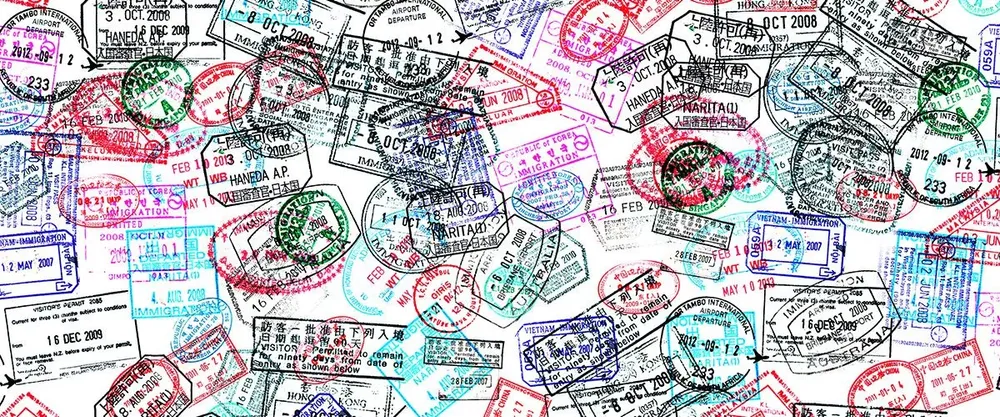New Zealand's government has announced a new immigration reset designed to rebalance the immigration system and make it easier for the skilled migrants we need to get a fast track to residency. Unfortunately, rather than make it easier for migrants to be eligible, it appears to have been designed to do the exact opposite.
The Green List shortfall
The foundation of the reset is the Green List, which contains a small number of highly skilled roles that New Zealand is struggling to fill. Eligible migrants working in these occupations will have clear pathways to residence, either through a direct to residence application or after working in New Zealand, depending on the role.
One of the most glaring shortfalls of the Green List is that it omits nurses and midwives. New Zealand has a shortage of 4000 nurses – why are we making them wait two years before they can get residency? We’ve included psychiatrists, surgeons, and other medical professionals – why not nurses? We’re hearing stories everyday about growing hospital waiting lists, about nurses being burnt out, and about care facilities having to close because there’s no staff. There’s an easy and obvious solution – why isn’t the government taking it?
The Green List has been presented as a tool to “make it easier for employers to hire and attract migrants for specified high skilled, hard-to-fill occupations, with guaranteed residence pathways for eligible people.” Unfortunately, not only is the list too narrow and prescriptive, but the job titles are still associated with an ANZSCO job description which is defined by reference to a minimum qualification – something that Immigration New Zealand (INZ) claimed it wanted to move away from.
We now have a situation where someone overseas may have a qualification such as a diploma, along with six or seven years of experience – which a New Zealand employer really wants and needs –, but because they don’t have a bachelor’s degree or equivalent, they can’t get on the Green List.
Uncertainty for partners of visa holders
Spouses of workers on AEWVs will no longer be able to get a work visa (unless the AEWV holder has that issued under the Green List or they are paid 200% above the median wage), instead they’ll only be eligible for a visitor visa. The spouse can get a work visa if they also qualify for an AEWV. Do INZ and Minister realise the hardship that will cause and how much that will discourage workers from coming here. Who would want to reduce to a 1 income family when moving to a new country?
Given we have such a huge labour shortage in New Zealand, isn’t this an opportunity? This approach closes the door to urgently needed potential workers, while also proving that our immigration policies appear to be designed with the purpose of making New Zealand unattractive to migrant workers.
Attracting migrants – or limiting access to an elite?
The purpose of these new rules is to attract needed skills and talent. To do that, New Zealand needs to be easy to migrate to. As Brett O’Riley, Chief Executive of the EMA pointed out on Radio NZ recently, “The New Zealand employment brand has been a bit damaged.”
If you are trying to repair that, why make changes that remove the ability for partners of workers to enter on an open work visa? The open work visa makes them “work ready”. It assists the family to settle quickly by facilitating employment of the partner.
The immigration minister tried to dress it up as something beneficial because the work visa will allow part time work – which the open work visa already does! It’s not hard to imagine how difficult it is searching for work holding a visitor visa.
How are employers going to attract workers when their family must go from two incomes to one for an undetermined length of time?
The good news (sort of!)
The only silver lining in the new policy (and that’s being generous!) is that the opening date for student visa categories has been brought forward to October, although rules around their ability to work part time are still unclear.
Families of migrant workers can be reunited, and hopefully they’ll be able to stay here for a long time.
INZ are extending some work visas and are removing visa conditions and allowing open visas – perhaps this is an acknowledgement that finally migrants are entitled to participate in a free labour market, which is good news. However, I think this is really just smoke-and-mirrors – a lot of those people are only getting their visas extended because INZ is struggling to process applications.
At the end of the day, people don’t actually want a new work visa, they want the residency visa that they were told they’d get within 12 months.
The non-existent New Zealand dream
The government needs to realise that to attract migrant workers, they need to feel welcomed, to feel valued, and to feel that they have a pathway to living in New Zealand. That’s the dream we’re supposedly selling them. But without a clear pathway, why would people choose to invest their time and money in moving here, when other countries make it so much easier.
New Zealand is competing with the rest of the world to attract migrants, and this announcement is doing little to make us look like an attractive place to come – especially with our high inflation and costs of living, low wages (comparatively), and no certainty about the potential for residency.
Perhaps they have forgotten how competitive the global labour market is?
Learn more about living and working in New Zealand.
Aaron Martin is one of New Zealand’s most highly regarded practitioners in immigration law, with decades of experience in assisting private individuals, business, and corporate clients. Skilled in evaluating complex cases, ministerial intervention, appeals, and character or medical waivers.
Connect with Aaron today and dig-deeper into relevant topics for relocating to New Zealand.

Dig deeper into the details.... Read How To Obtain A Work Visa in New Zealand





